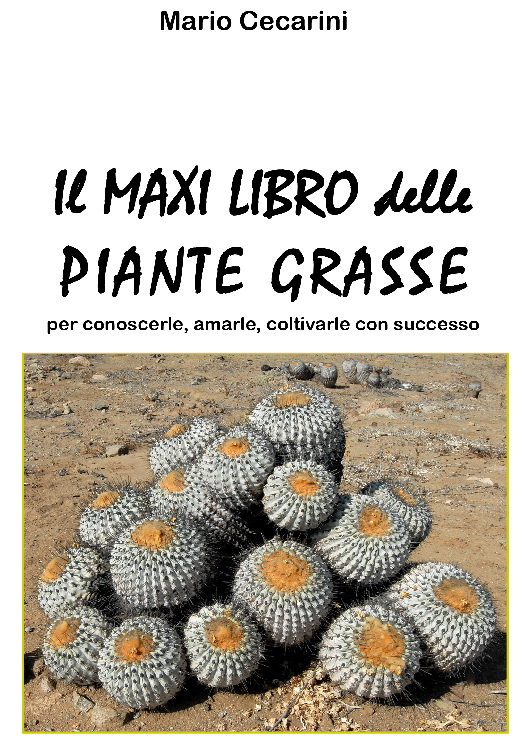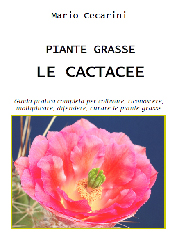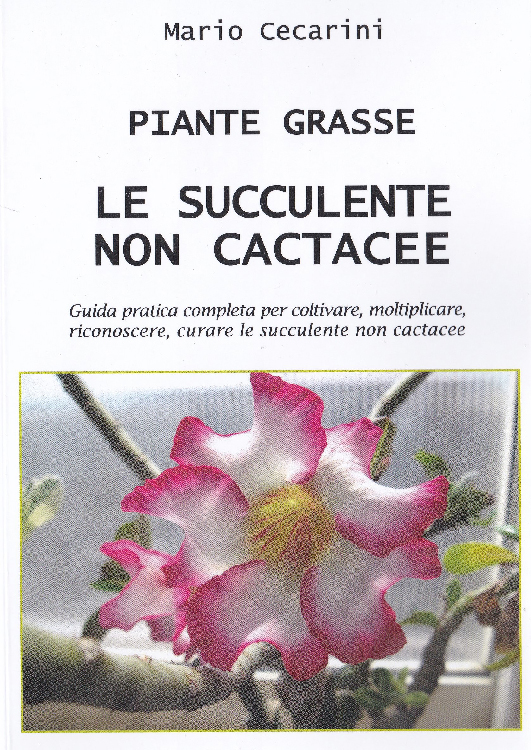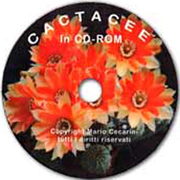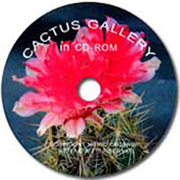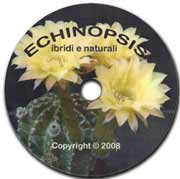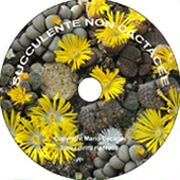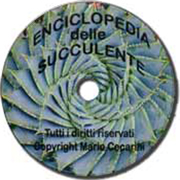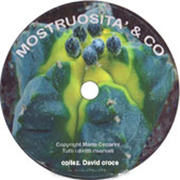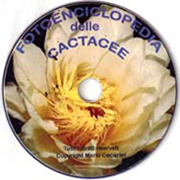Habitat: tropical forests of Mexico, Central and South America.
Description: a group of epiphytic plants having thin, flexuos runners with a cylindrical or angular section, developing ribs and aerial roots. The areoles have short radial spines and bear large, nocturnal funnel-shaped flowers with a spiny tube. They differ from Hylocereus as these have triangular stems with undulate, leathery margins.
Soil: fertile mix or orchid compost with a pH from 5 to 6.
Location: grow in shade or indirect light; they enjoy humid and bright conditions in the winter as well.
Temperature: overwinter in a cool place at 10-13°C (50-55°F) with a minimum of 8°C (46°F); warmer temperatures hinder the formation of flowers.
Water: water thoroughly from May onwards when new shoots develop until all the flowers have opened (if these are produced). Water sparingly in the winter, approximately once a month, in order to keep the soil lightly moist. Spray with water quite often during growth.
Cultivation tips: when plants are growing they should be kept in a warm, humid environment; allow them to rest in the wintertime. Apply fertilizer once a month during the warm months. They are rather fast-growing. Flowering occurs on adult plants only, as long as they have received enough water and warmth during their growth. It can be used as rootstock for other epiphytic cacti and can be propagated from cuttings.
Main species of Selenicereus: Selenicereus grandiflorus, delicate, needs fertile soil and is difficult to get to flower;
Selenicereus pteranthus, the least demanding, flowers profusely;
Selenicereus macdonaldiae, similar to grandiflorus but with larger blooms; Selenicereus werklei; Selenicereus hamatus; Selenicereus innesii; Selenicereus hallensis.




